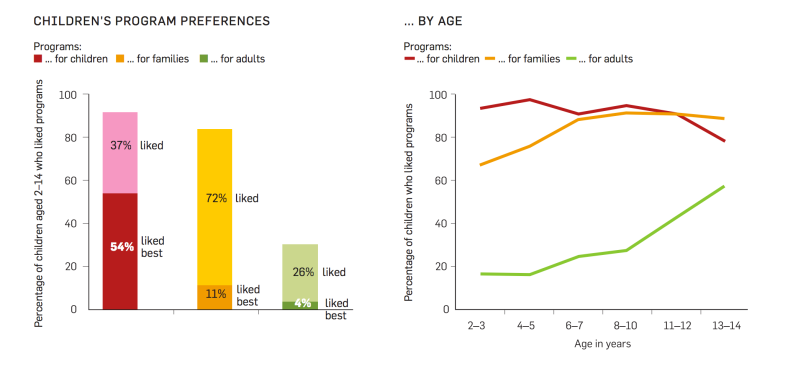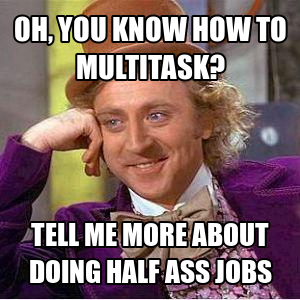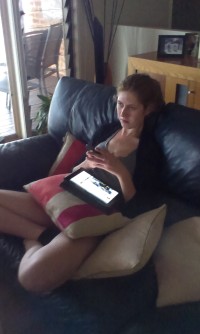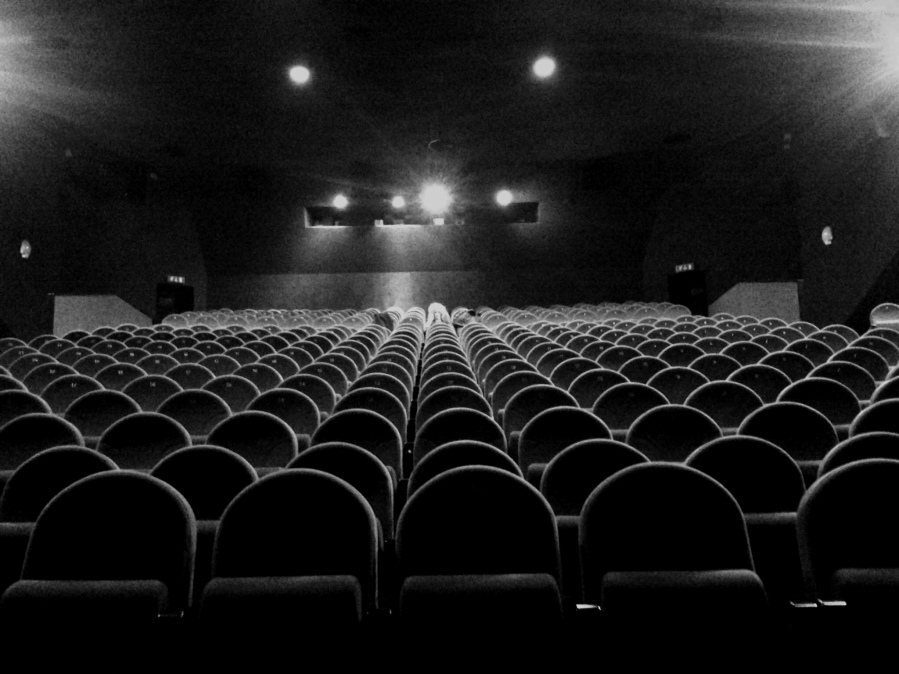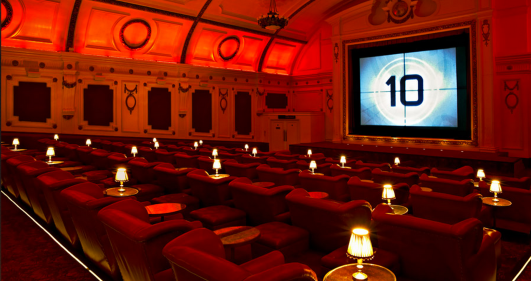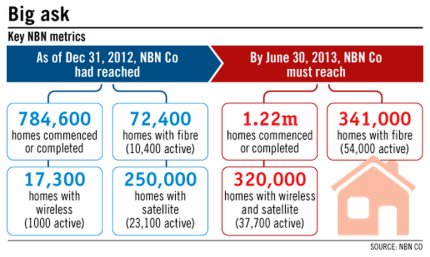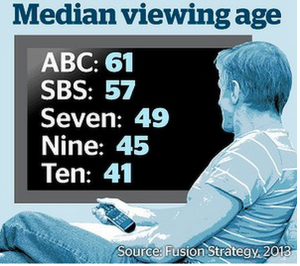After a long nine weeks of weekly blogging I can finally say, it is coming to an end. Whilst this is bittersweet as it has been a very steep learning curve, I think I will miss blogging for this subject.
I have blogged since the start of university (last year) and feel that this is truly the first time that I have enjoyed blogging. The ability to write expressively and freely is important with a subject such as Media, Audience and Place as it is a very interesting, topical subject. It encourages you to speak freely and ask the hard questions, debate the set readings and most importantly, to research and find out the facts and not just take them for face value because they are written by someone with a lot of letters at the end of their name.
Originally, I tried to find research that would fit with my opinions and suit the blog topic. But by week 3, it was evident that, that was not going to work and I really did venture into new territory of debating – or arguing – against what the authors were saying. This was weirdly interesting because I got to say my opinions without the negativity that could come from face-to-face discussions. However, when I was struggling by week 7 to find an article, any article, that would somehow relate to what I was saying, I turned to my parents and family members. This – I think – was the beginning of including anecdotes of family holidays or just generally stories about my family. I liked this approach as it meant I could add a little humour or lightheartedness to the topics which could be at times very dry. But then again, from doing this subject and having to find weekly articles – including scholarly, online newspapers and other blogs – increased my ability to find other ways of scoping out articles that relate to the week’s topic.
The weekly topics I have found are very thought-provoking and also eye-opening. Firstly, there was this post – Horror Movie Right There on My TV – where I interviewed my mother about her television experiences. I knew that she had a TV in her house and what it had looked like but I had not thought about what she would have seen on TV during her childhood – namely the man walking on the moon, President Kennedy’s death (although she was young but remembers the aftermath, she said similar to how we think of 9/11).
Secondly, I loved researching Champagne and the Cinema – not that I got to have champagne at the cinema – because I never knew that there were cinemas where you could eat food designed to be eaten during the film as an interactive tool. But more than this, I did not know that the statistics regarding cinema attendance were so drastic and dim. But the best part of this was going to the cinema as a university requirement – something my non-uni friend still cannot get over. But with the statistics freshly in my mind, it is amazing how differently you approach the cinema; I feel as if I should go more to help the cinema stay because it holds many childhood memories of having a “big day out” with my grandmother or being especially “grown-up” and attending the movies with just your friends and yourself! Moreover, Kate Bowles (lecturer) spoke about how we react to certain social situations and this was interesting to observe as well whilst at the cinema. Some people – like myself – sit in their assigned seats whilst others prefer to sit well away from strangers.
This subject is obviously about the ways in which people interact with the media in certain places. Whilst sitting in the Emergency Ward on a Monday night, I found myself judging the ways that other people used their mobile devices in a public space. Some had their eyes glued to the dim TV or sat, curled over their phones or iPads whilst others sat listening to music. No one, no one was talking to one another apart from Rose – my elderly neighbour – and I was completely stumped. A place where there are injured people with a relative or friend sitting by them in a time of need and no one was talking to them, seeing if they were still ok or even alive! But instead of dragging out my soap box and screaming at these people to look, talk, engage with one another for goodness sake! I instead ranted and raved in my blog post which was slightly therapeutic. Rose simply tutted and went back to her knitting whilst I sat there, mouth agape in complete amazement. It truly is as Sherry Turkle (2012) describes, we are slowly but surely becoming alone together – a frighteningly accurate social assessment.
Social assessments and studies conducted by Screen Australia Research were something I used quite heavily throughout the final weeks of blogging and has been a constant reference as I continue exploring Australian media statistics throughout the rest of my degree.
As mentioned previously, I have had to blog weekly for other subjects throughout my entire degree. But this is the first time that design, layout, linking and engagement has been an emphasised element. Whilst I am still far from a blogger-buff, I feel that I have redesigned a few things and have definitely streamlined the layout. This was mainly due to the increased number of blogs that I would be doing so adding subject menus was definitely needed! Moreover, adding photos and videos and hyperlinks were all pretty foreign terms before this semester and you have to learn quickly! Moreover, encouraging Twitter conversations was something else I had to learn fairly quickly. Whilst I did not tweet every week – oops – I did find it useful to have Twitter as another resource of information rather than just getting e-mails – it also meant I did not have to bother tutors relentlessly!
Overall, it has been an interesting, engaging semester and one that truly is eye-opening to how we consume media – or more realistically, how it forces us to engage with it.



